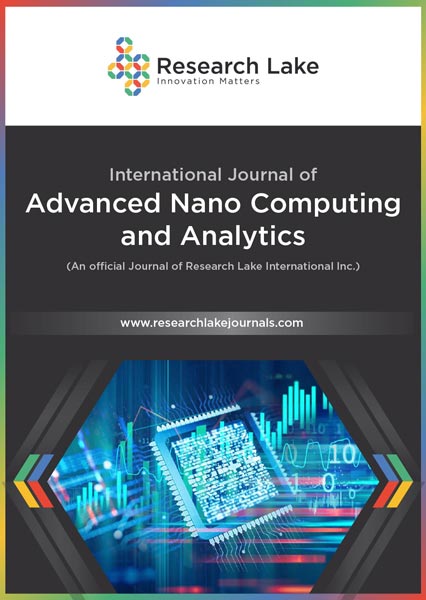In vitro Anti-Cancer Effect of Polymeric Nanoparticles Encapsulating Caralluma tuberculata in Cancer Cells
In vitro anticancer effects of Ct extracts
Abstract
Rapidly evolving drug delivery systems employ therapeutic agents (liposomes, polymers, and nanospheres) to achieve optimum therapeutic and targeted effects with declined side effects to cure chronic diseases like cancer. Nano-formulation of a natural product i.e., Caralluma tuberculata (Ct) extract, has been used as an effective combinational therapy with enhanced biocompatibility owing to its strong anti-oxidant, anti-inflammatory, anti-bacterial, and anti-tumor potential. Ct extract was prepared using three solvents (EtOH, MeOH, and CHCl3) amongst which methanolic Ct extract exhibited the highest percentage yield (9.6%). Qualitative phytochemical screening, thin layer chromatography (TLC), and antioxidant assays (DPPH assay and H2O2 assay) were performed. The percentage free radical scavenging values were found to be 86.25% (IC50=140.1μg/ml) and 88% (IC50=14.22μg/ml) at 1000 μg/ml concentration for both assays respectively. Methanolic Ct extract was then encapsulated in chitosan-tripolyphosphate (CS-TPP) nanoparticles using ionic gelation method with an encapsulation efficiency of 87%. Characterization showed uniform size distribution of 140nm particle size using DLS and encapsulation of Ct extract inside CS-TPP nanoparticles was confirmed by UV spectrophotometry and FTIR. Ct loaded CS-TPP nanoparticles showed less than or equal to 5% hemolytic activity at concentrations of 15.62μg/ml, 31.25μg/ml, 62.5μg/ml, and 125μg/ml, suggesting its safer usage at lower concentration. Rhodamine conjugated Ct loaded CS-TPP nanoparticles showed significant uptake efficiency in breast cancer cells compared to control. Ct extract and the nanoformulation were treated against triple negative breast cancer cell lines (Cal-51) for the evaluation of cytotoxicity exhibiting 30-40% (IC50=122.3μg/ml) and up to 75% (IC50=14.39μg/ml) cytotoxicity respectively. The study paves way for the encapsulation of medicinal plants in polymeric nanoparticles to achieve safer and highly efficient drug delivery systems.
Copyright (c) 2023 Mahnoor Fayyaz, Usama Sarwar, Farwa Nurjis, Joham Sarfraz Ali, Sobia Tabassum, Abida Raza

This work is licensed under a Creative Commons Attribution-NonCommercial 4.0 International License.
Copyright © by the authors; licensee Research Lake International Inc., Canada. This article is an open access article distributed under the terms and conditions of the Creative Commons Attribution Non-Commercial License (CC BY-NC) (http://creative-commons.org/licenses/by-nc/4.0/).








